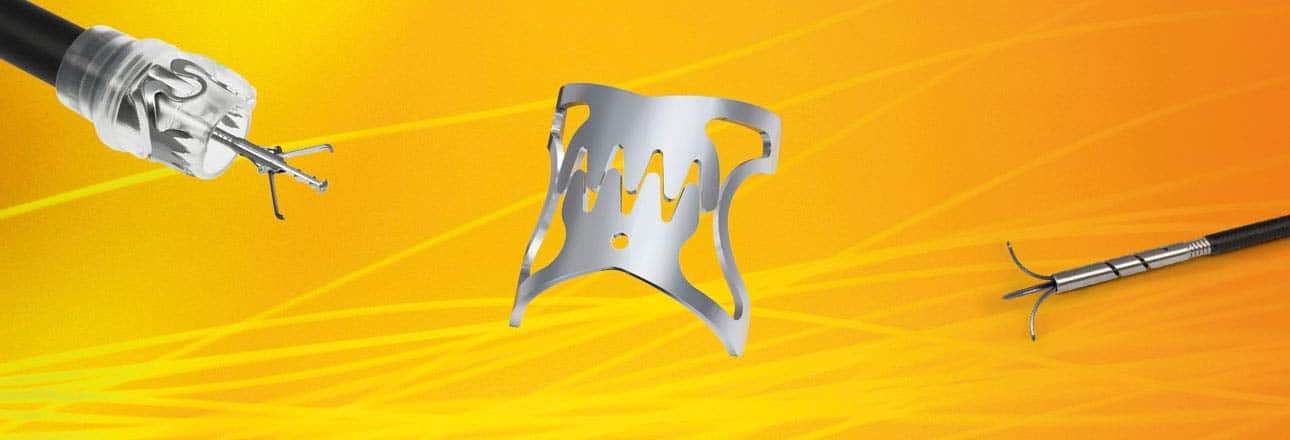El Douaihy Y et al., Department of Internal Medicine, Staten Island University Hospital – Northwell Health System, Staten Island, New York, USA, reported on a case of active bleeding from a gastroduodenal artery pseudoaneurysm and simultaneous perforation, which was treated by deployment of a single OTSC-Clip.
The 61-year-old male patient with history of duodenal ulcer and angiographic embolization of a gastroduodenal artery pseudoaneurysm 6 months before presented to the emergency room for bright red blood per rectum with signs of upper GI bleed. In esophagogastroduodenoscopy two vessels were identified at the base of an ischemic ulcer correlating with the previous location. The endoscopist at the time elected to inject epinephrine and apply electrocautery which resulted in an arterial pulsatile bleed and a perforation. The field of vision was extremely compromised in addition to the difficult location. Mounting of a cap on the gastroscope to improve stability of the scope and applying point pressure to decrease bleeding, as well as vigorous water irrigation permitted the identification of the exact bleeding site. Then, an OTSC was deployed in a single attempt which resulted in immediate adequate hemostasis and closure of the perforation.
The authors emphasize that deployment of the OTSC requires pin-point precision to achieve satisfactory hemostasis. They rate the use of the over-the-scope clip simple yet very effective. The device was not only a rescue tool for hemostasis from a recurrent actively bleeding GDA pseudoaneurysm, but also for simultaneous perforation closure.
The video can be viewed directly from the GIE website or by using the QR code below.
Over-the-scope clip to the rescue of a bleeding gastroduodenal artery pseudoaneurysm
El Douaihy Y, Kesavan M, Deeb L, Abergel J, Andrawes S (2016)
Gastrointest Endosc. 2016 Jun 12. pii: S0016-5107(16)30236-X. doi: 10.1016/j.gie.2016.05.043.


 Deutsch
Deutsch  Français
Français 